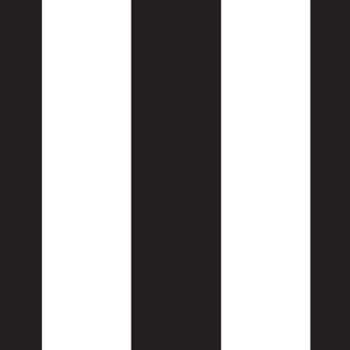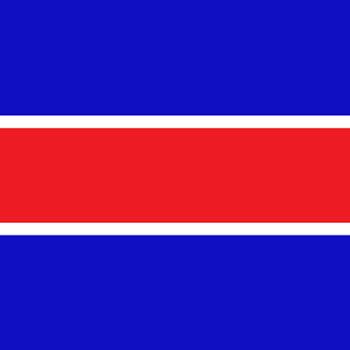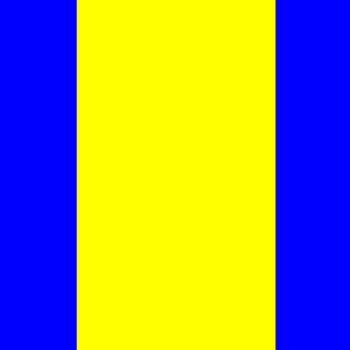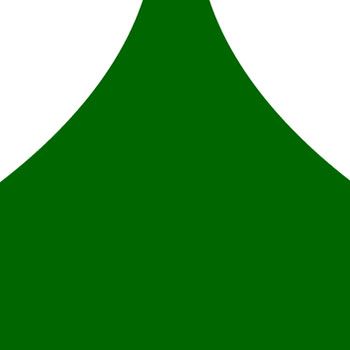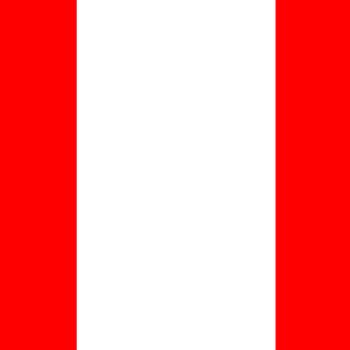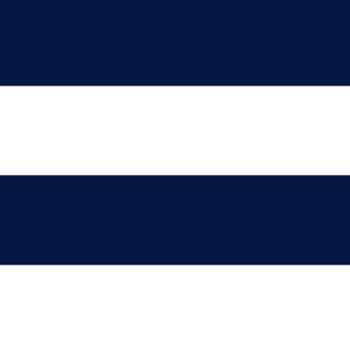League History
Records and Awards
Retrospect
circa 1925
The steady progress of football in Bendigo since the early sixties has now culminated in thousands of people representative of a 60 mile radius of Bendigo viewing the matches each Saturday. This progress has been slow, and in its history the advancement has been attended with varied and interesting changes and incidents. Bendigo now holds an indisputable position in the football of the state and its progress in recent years has been most marked. One of the greatest comparisons in its history is that the earliest records show that the game was first played in this city with a round ball, and the turf of to-day were replaced by open flats which frequently included digging holes in the playing spaces. The first matches played in Bendigo were in the early sixties by school teams. These matches created much interest and rivalry, and were the means of producing some fine players. In later years many of these players won distinction in organized club competitions. One of the surviving pioneers of football in Bendigo is Mr. W. B. H. Neill. who has many interesting tales to relate of the ‘good old days.”
“Billy” Neill graduated in the school teams, and became the champion of his team, and for many years was one of the fastest and most brilliant players in the original Sandhurst Club. Another leading player of that period was Mr. Frank Macoboy. Both these footballers now follow bowls and golf in this city.
The Games were not controlled by umpires in the early days, and players were not familiar with the rules as they are to-day. At this period the interpretation of the rules was left to the discretion of the players. The first established clubs in the district were Bendigo and Sandhurst. These two teams played matches at the site now occupied by the Post Office and Law Courts.
In the early seventies nearly all the matches were played at Kennington. The first premiership competition under the auspices of the Bendigo District Football Association was in 1880 and was won by Bendigo. Sandhurst won 1881 and Eaglehawk won 1882. North Bendigo was a competing club for several seasons but never attained premiership honors. Prominent players of that period who now mingle with the spectators at present day league matches are Alf Hilson, Tom Orr, Tommy Davis, Frank Goyne and August Heine.
There were many Trade clubs playing in the eighties and early nineties and their competitions were controlled by their own organisations.
Sandhurst came into great prominence in 1889. Captained by W. H. Cundy who was one of the best footballers of his time the club went through the season without defeat and won the premiership and in test matches defeated South Melbourne, Adelaide and St. Kilda. It ranked as the best achievement in the history of the club. The club won the premiership in 1890 and 1891. In later years interest in the old clubs waned and in 1894 the Bendigo and Sandhurst clubs became defunct. With the passing of these pioneer clubs South Bendigo Club came into existence. The new club had a strong following and later developed into a worthy rival of the other teams aspiring to premiership honors. Eaglehawk was at its zenith and from 1894 won the premiership five years in succession. South Bendigo won its first premiership in 1899 and was again successful in the next year.
Bickerings and club disaffections in 1906 were disastrous for the sport and the Bendigo District Football Association was opposed by a rival organisation in the Bendigo and Northern District Football Association. There was not enough scope for two administrative organisations and the renegade soon vanished. In that year Eaglehawk won the premiership, the other competing teams being South Bendigo, Bendigo City and California Gully. Honors of premiers of the rival organisation were obtained by Long Gully.
There is no authoritative official records of the Associations controlling the sport before the advent of the league. Among the list of life members of the League are the names of former presidents and secretaries of the Association who are known to have rendered valuable services. Among them are Messrs. W. H. Cundy, Jno. Smalley, J. C. Kilfeder, A. E. Cook MLA, W. Oates, T. R. J. Brown, Ned Walker, E. Mills and m. Barnett. The late Mr. Notley Moore, P.M. was a former president of the Association.
The Bendigo District Football Association was superseded in 1913 by the Bendigo Football League. The first president was Dr. H. H. Hunter and the first secretary Mr. Edward Hull. Premiership in the first year of the League was won by Bendigo City, other competing clubs being South Bendigo, Eaglehawk and California Gully.
In 1914 Mr. James Denton was elected president and Mr. E. K. Varcoe secretary of the League and the premiership was won by South Bendigo.
Rochester was admitted to the League in 1915 and other teams were Eaglehawk, South Bendigo and Bendigo City. Owing to the large number of players enlisting for active service in the Great War the competition was abandoned before the conclusion of the season.
Resuming in 1919 the League was composed of Eaglehawk, South Bendigo, Sandhurst and Bendigo East. The contest for the premiership was a memorable on South Bendigo in the grand final winning by a point. Mr. William Bidwell was elected secretary in 1919 and still retains the position. In 1920 Mr. M. E. O’Brien became president in succession to Mr. James Denton who resigned.
Until Rochester re-entered the League in 1923 the premiership competition was confined to only four team and five rounds of matches were played. With the inclusion of Rochester country interest was awakened in the competition and its influence was most helpful to the sport. In 1923 Cr. J. A. Michelsen who had represented the original Bendigo and Sandhurst clubs was elected president. The inclusion of Echuca in 1924 and the elimination of Bendigo East and admission of Castlemaine in 1925 gave a great fillip to the sport. It has stimulated country interest and a healthy rivalry which should encourage the League to still further extend the range of competition as opportunity offers. Since the advent of the country teams into the League the revenue has more than doubled and for the current season exceeds 4000 pound.
When the weekly half-holiday was observed on Wednesdays many of the leading players in Bendigo were attached to the Melbourne clubs and played in League matches in the metropolis on Saturdays. On the observance of the Saturday half-holiday in Bendigo this migration of players to Melbourne ceased.
Anyone who has details of missing history are welcome to contact the Bendigo Football Netball League.
